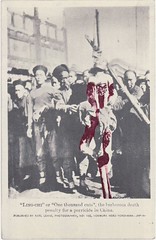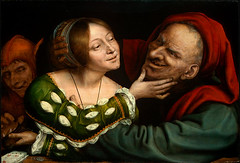Grand bath at Bursa (1885) by Jean-Léon Gérôme
The Turkish Bath (1862) – Jean Auguste Dominique Ingres

I quote from my text on Ingres’s Turkish Bath, but the validity is for all three paintings:
When Jean Auguste Dominique Ingres, director of the French Académie de peinture painted a highly-colored vision of a turkish bath, he made his eroticized Orient publicly acceptable by his diffuse generalizing of the female forms, who might all have been of the same model. If his painting had simply been retitled “In a Paris Brothel,” it would have been far less acceptable. Sensuality was seen as acceptable in the exotic Orient.
Most of my renewed interest in these painting has been thinking about books such as the Pre-Victorian British erotic literature epistolary novel The Lustful Turk and reading Turkish author Bedri Baykam’s pamphletish but nonetheless thought provoking history of modern art Monkeys’ Right to Paint , which contends that modern art (he means modernist art) is largely influenced by non-Western arts. Baykam takes the 1984 MoMA exhibition Primitivism in 20th Century Art as a starting point for his rant against the art establishment.












